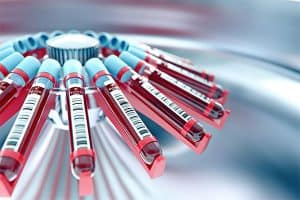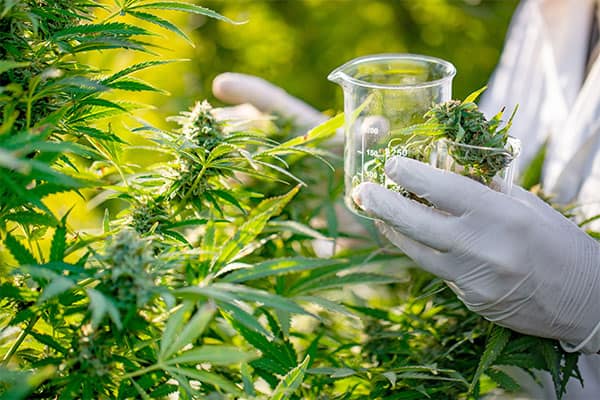Poster Presentations at AAFS
 Poster B138: Automated High Throughput Potency Testing of Cannabis Samples using GC-MS in a Forensic Laboratory
Poster B138: Automated High Throughput Potency Testing of Cannabis Samples using GC-MS in a Forensic Laboratory
Authors: Hamilton Company; DPX Technologies; Richland County Sheriff’s Department: Drug Identification Laboratory
Abstract:
Many traditional cannabis identification methods used in crime laboratories cannot accurately quantify total tetrahydrocannabinol (THC) in accordance with federal and state regulations; or they do so with increased time, labor, and risks of instrument damage. An automated INTip™ solid phase extraction method uses Dispersive Pipette XTRaction (DPX) technology and an automated liquid handler to enable fast, hands-free selective isolation of THC and precursors such as tetrahydrocannabinolic acid A (THCA-A). The isolated compounds are then precisely quantified using gas chromatography mass spectrometry (GC-MS) systems, which are already used in most crime laboratories.
The automated workflow eliminates user variability and bias while empowering analysts to reduce repetitive manual pipetting time and effort so that they may focus on high value tasks such as data analysis. It also reduces the frequency of instrument maintenance compared to dilute-and-shoot methods. Using this automated method, crime labs can legally and accurately distinguish between marijuana and industrial hemp.

Poster K36: Comparison of Manual Protein Precipitation to Automated Protein Precipitation Using DPX Low Porosity Tips in Blood, Urine, and Tissues
Authors: Danielle C. Mata, MS – Orange County Crime Lab
Introduction:
- Introduce innovative, automated INTip™ solution as an alternative to centrifugation utilizing a patent-pending Tip-on-Tip (ToT) technology
- Low Porosity Filtration Tips and an Integra ASSIST PLUS minimize laborious manual steps such as vortex mixing and centrifugation
- Extend the use of the Integra for the extraction method that Orange County Crime Lab (OCCL) uses to analyze benzodiazepines. The extraction enables the OCCL to quantitate 23 benzodiazepines, z-drugs and antihistamines, and qualitatively detect 7 metabolites in urine, blood and tissue specimens


